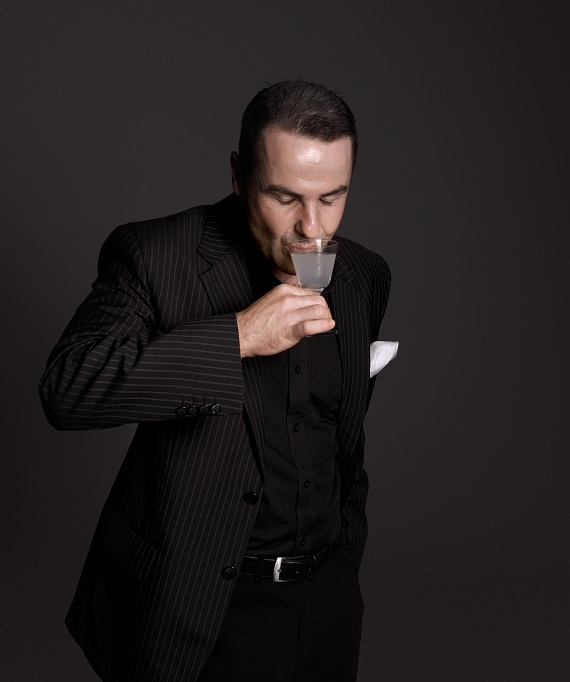
It's in the can
Philip Duff on how pre-packaged cocktail are finding a strong niche in the modern world
BOTTLED OR CANNED COCKTAILS have a venerable history, but do they have a future in a world where Instagrammable experience is all and freshness is vital? Yet we have had premixed cocktails for as long as  we’ve had any kind of mixed drinks at all. A UK book named Oxford Night Caps (1827) concludes a bottled punch recipe with the words: “If this punch is bottled off and well corked, it will keep in any climate, and for any time.” No less a personage than Queen Victoria was so fond of one brand of bottled milk punch – Whisson’s – that she awarded it a Royal Warrant in 1838. Jerry Thomas included bottled cocktail recipes in his 1862 book, and it was understood in those days that when you went on an outing – a picnic, say, or a journey which was usually by train – you’d bring bottled cocktails instead of trying to make them on the spot.
we’ve had any kind of mixed drinks at all. A UK book named Oxford Night Caps (1827) concludes a bottled punch recipe with the words: “If this punch is bottled off and well corked, it will keep in any climate, and for any time.” No less a personage than Queen Victoria was so fond of one brand of bottled milk punch – Whisson’s – that she awarded it a Royal Warrant in 1838. Jerry Thomas included bottled cocktail recipes in his 1862 book, and it was understood in those days that when you went on an outing – a picnic, say, or a journey which was usually by train – you’d bring bottled cocktails instead of trying to make them on the spot.
By 1890, the Heublein hotel in Hartford, Connecticut, was marketing a range of luxury bottled Club Cocktails, which was wildly successful and sold to five-star hotels, Pullman Club Car trains and the better bars, as well as directly to well-heeled consumers. In the ensuing decades, shelf space was made in grocery and liquor stores for cans and bottles of premixed cocktails, from G&Ts to Manhattans. But the image of such bottled cocktails declined from the high-society Heublein days, becoming the equivalent of fast food for train commuters. The next major shift came with the birth of RTDs, usually credited to the Two Dogs alcoholic lemonade brand founded in Australia in 1993 by Duncan MacGillivray. Two Dogs inspired the likes of Mike’s Hard Lemonade, Bacardi Breezer and Smirnoff Ice but, despite their stratospheric rise, the winds were already changing.
A cocktail revolution was underway, starting in the mid-1990s in London and New York, and it deflated the Zeppelin of RTDs. Making cocktails fresh each time, with juice squeezed to order, was a non-negotiable. Now, however, two decades into the Second Golden Age of mixology, bartenders are coming around to the idea of bottled and canned cocktails. Many bars now make their own in-house to sit alongside fresh cocktails. Chicagoan and former Diageo World Class champion Charles Joly went one step further by founding Crafthouse Cocktails in 2013, a bottled range using fresh juice, name-brand liquor and no preservatives that can be found across America in stores such as Whole Foods. Amazon and alcohol delivery apps such as Drizly and Minibar have turbo-charged the popularity of canned and bottled cocktails as they fit the on-demand nature of such apps. There are some early signs that these pre-mixed ready-to-drinks are taking market share not from liquor, but from the equally ready-to-drink categories of wine and beer. People who order things online really don’t like to wait. In a further twist, a canned Gordon’s G&T with just 0.5% alcohol has been well-received in the UK, combining the trends of canned and low-alcohol cocktails.
It seems Queen Victoria had the right idea.
